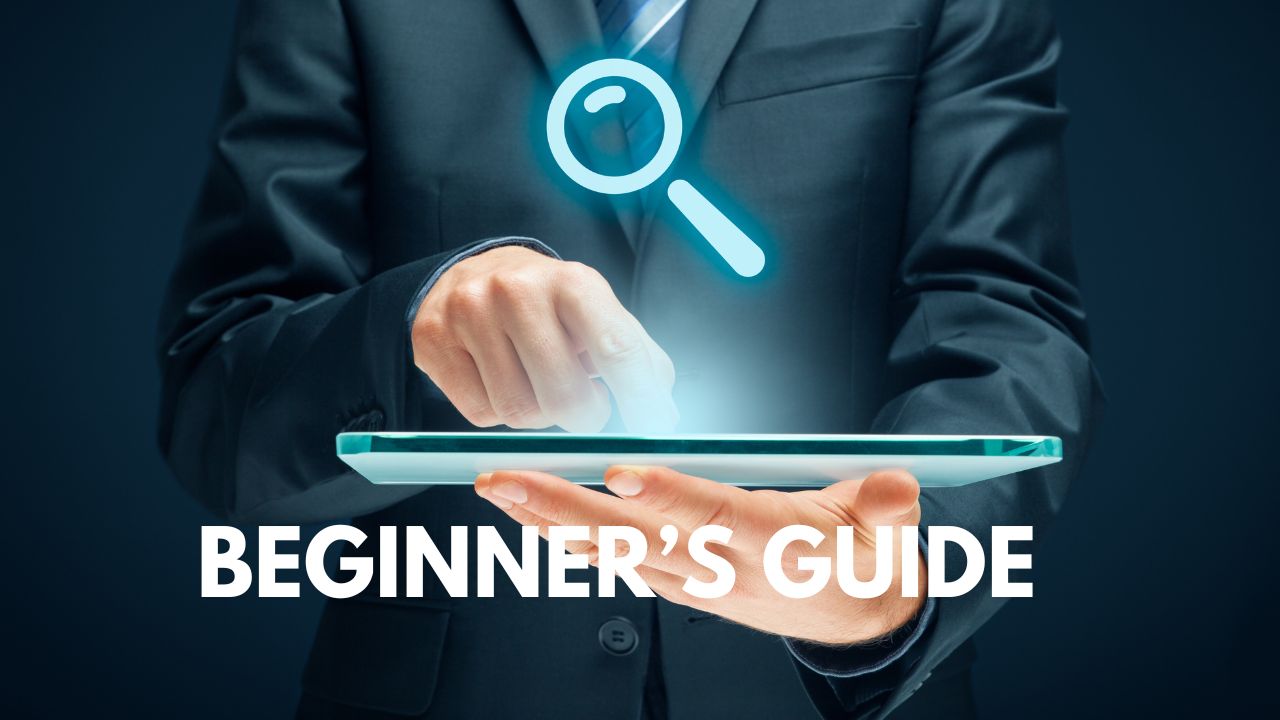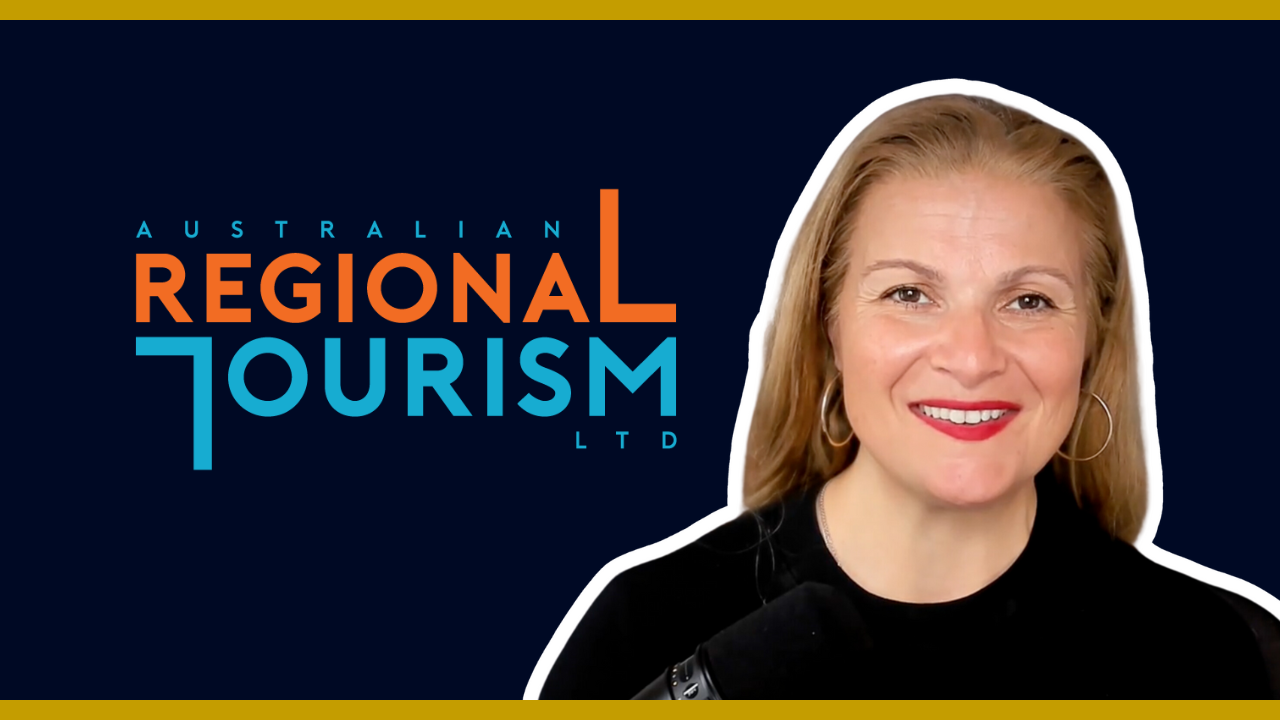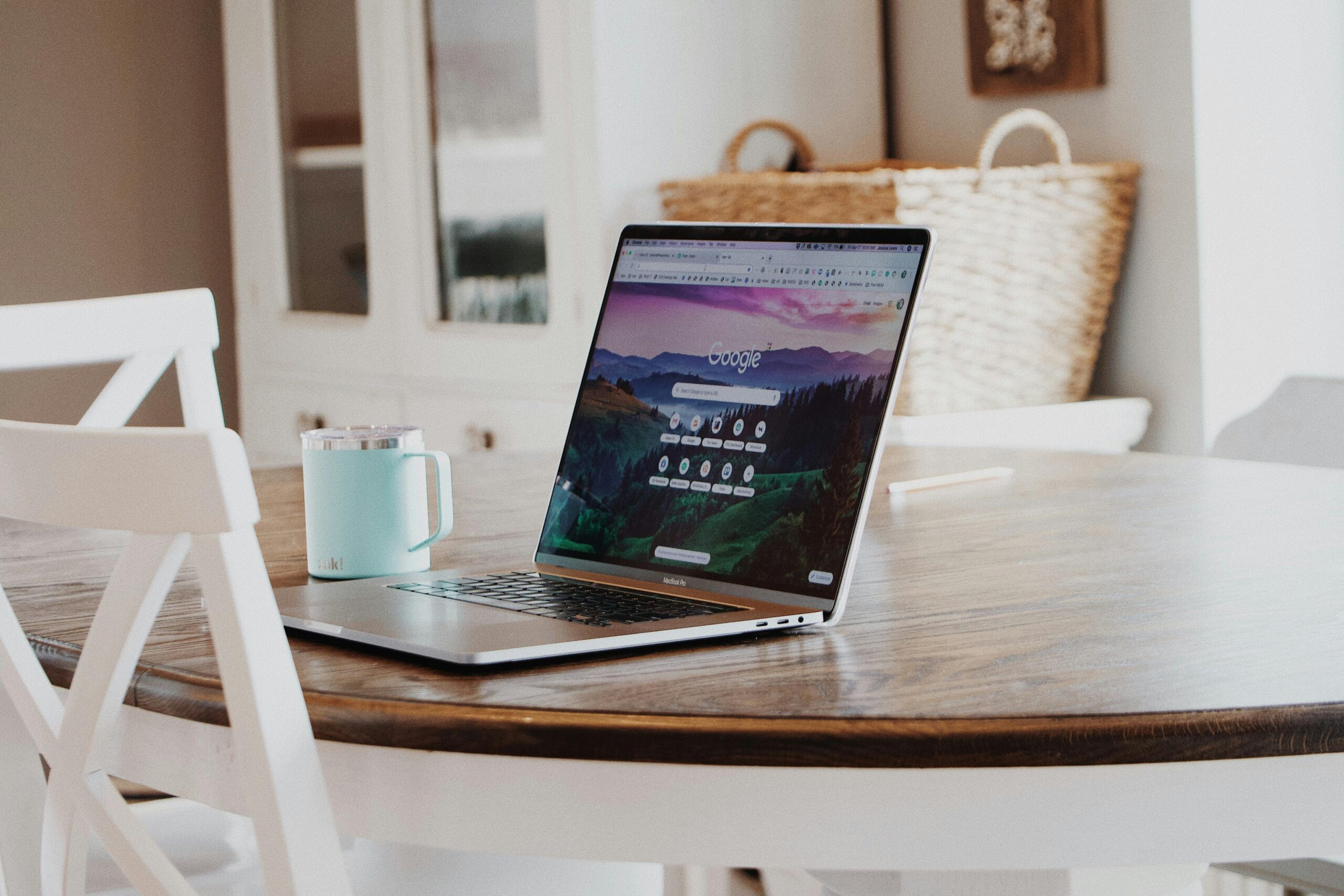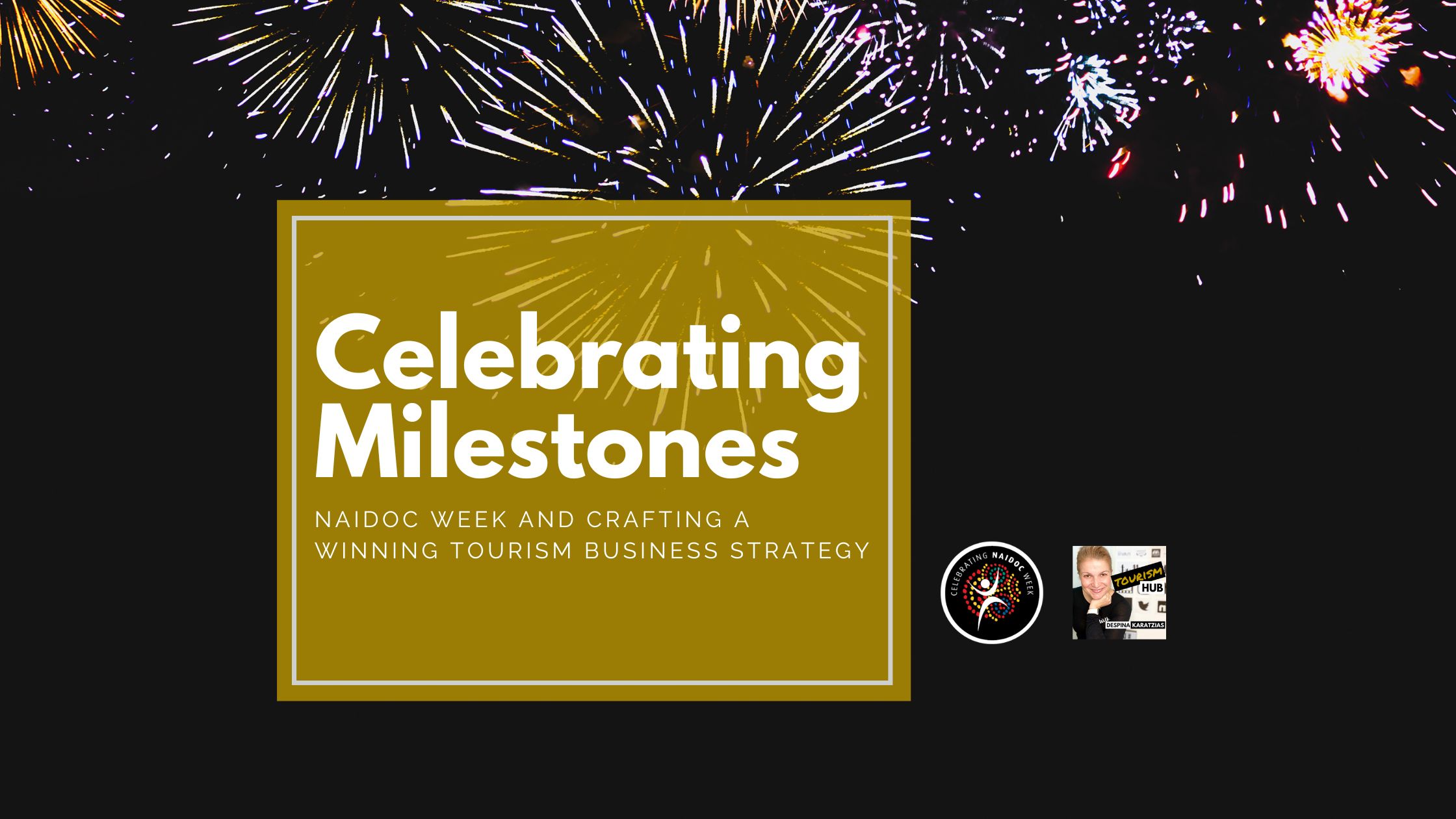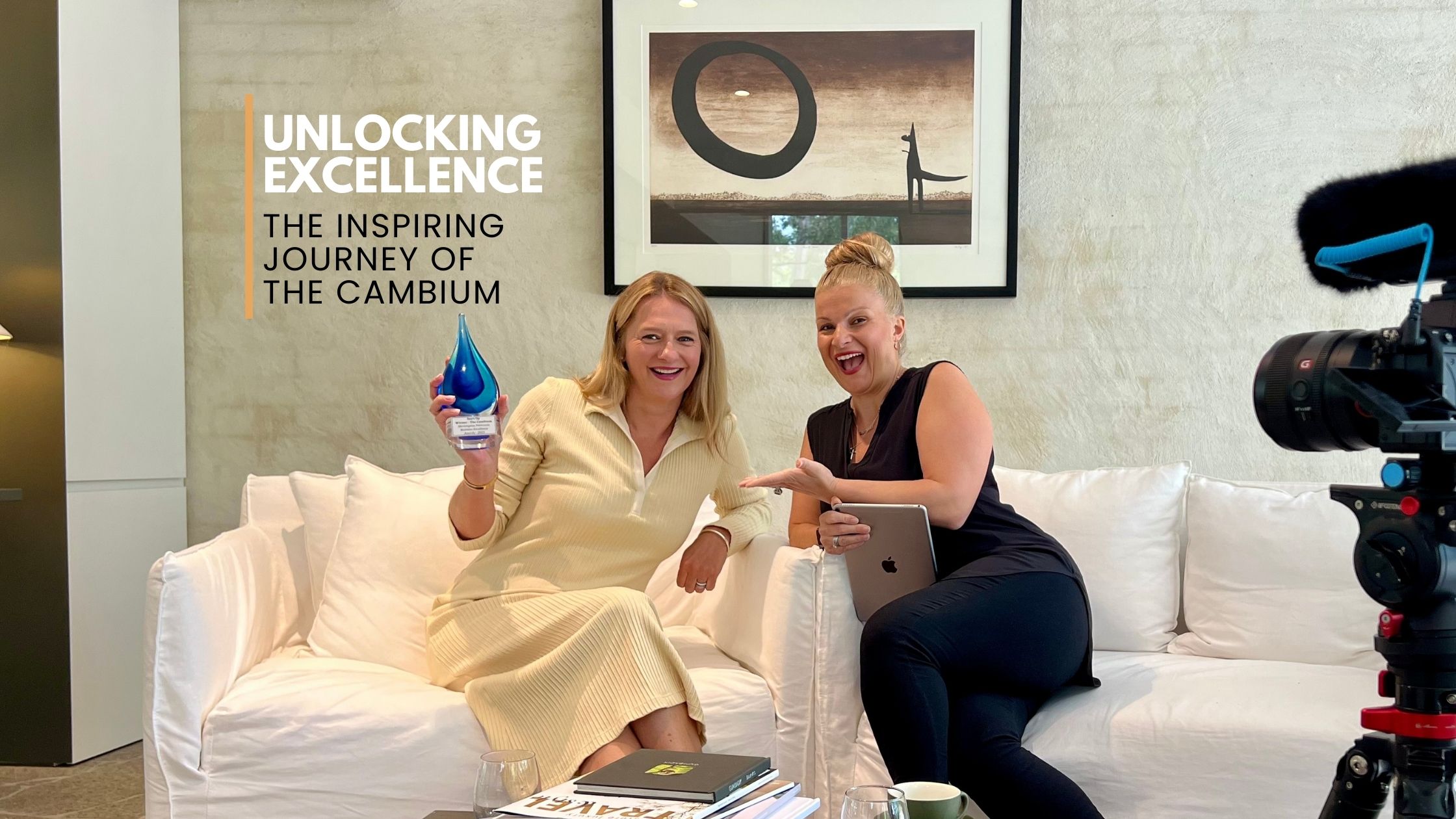It’s no secret: as a marketer, whatever you put on social media is out there for the world to see. But could relying on social media for marketing put your digital marketing assets at risk?
Google Plus recently announced it’s shutting down operations of the consumer (personal) version of Google+, prompting users to download their content before April 2. For brands who poured countless hours and dollars into building their presence with Google’s social media channel, this move comes a devastating blow to their strategies in myriad ways.
But it’s also revealed an issue that, moving forward, marketers should be equipped to handle at all times: the importance of managing their digital marketing assets.
Are Your Digital Marketing Assets Safe?
Social media has changed the game for marketers and content creators. In seconds, you can send out advertisements, videos, blog posts, and other content to massive audiences. Users can easily scroll through your channel to find previous posts, plus you accumulate data and analytics on your audience and content performance.
But what happens when this information is no longer accessible?
If you’ve diligently kept up with copies of your promotions, ad creative, audience data, and analytical reports, you have nothing to fear. But most companies have become inherently reliant on the power of social media that they have no backup plan – and this can be dangerous to your strategy!
The recent Facebook and Instagram outages provide further testament. Partially posted messages and other features were blamed on a server configuration issue and were resolved within a day. But for busy marketers and companies relying on social engagement, it was a day’s loss of productivity, impressions, and potentially sales.
Best Practices to Maintain Your Digital House
Right now, no marketer could possibly fathom the end of Facebook, Google, or Instagram (and all the data you’ve stored and generated within it). But there may come a time when the sources you rely on for marketing become non-functional.
And since you can’t control the fate of third-party sources, it’s in your best interest to focus on the only piece of digital real estate you can control: your website.
Understand Your Own Property vs Rented Space
Your website is your digital house. You own it, and you’re responsible for maintaining it. Everything else is just rented space. Social media, search engine advertisements, guest blog posts, backlinks, and online directories support your mission, but they don’t control it.
When you can focus on giving your own property the nurturing it deserves, a third-party fallout won’t have as large of an impact on your business.
Take Inventory
Content is king in the digital world, so much so that many marketers are posting something new every day (and some are publishing something more than once per day!). While you may not feel the need to keep a running catalogue of every piece of content, you should take inventory of the most important stuff (e.g. a high-performing e-book lead magnet and its related analytics).
You may also want to consider an organisational system for your digital marketing assets (e.g. asset type, buyer stage, etc) to help you better leverage your content.
What to Do Next
Bottom line: companies must be in control of their digital real estate. Channels like Facebook or Instagram should be viewed as supplementary, at best.
If you’re not already maintaining your digital assets, it’s not too late. Take a step back and look at how you’re marketing your business online. From there, you can start to collect the most important assets and organise them in a usable sense.
For more insights on digital marketing excellence, check out our free online training courses!
